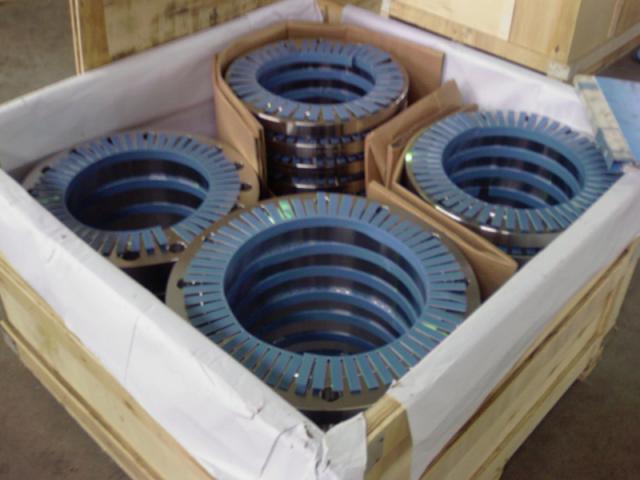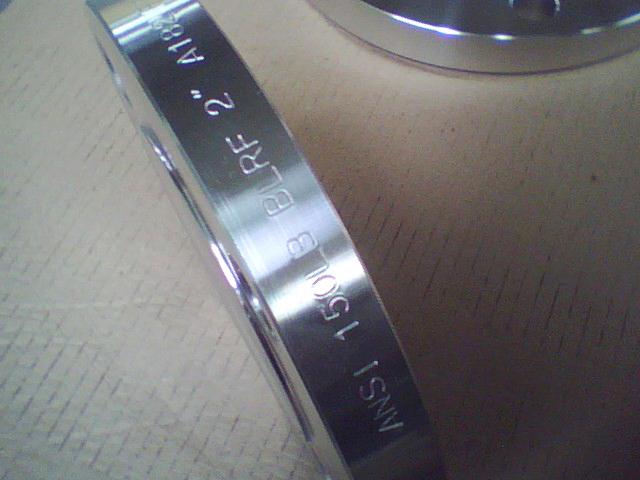Operational requirements for flaw detection on large stainless steel flange forgings
(1) Since inclusions (slag) and other components are mainly oxides of Si, Al, Fe, etc., it can be said that non-metallic inclusions in steel are a form of gas present in the steel. The acoustic characteristic impedance of such materials is less than the acoustic characteristic impedance of the metal matrix, so the boundary between such defects and the matrix material can be regarded as a "soft" boundary, i.e. the boundary of cracks, white spots, shrinkage, bubbles, non-metallic inclusions is a "soft" boundary, ultrasonic waves The phase change of the reflected echo is 180° when it is projected vertically on this interface.
(2) The boundary of high-density metal inclusions belongs to the "hard" boundary, and the phase of the reflected ripple wave is the same as the phase of the incident wave when the ultrasonic wave is incident vertically on this interface. High-density metal inclusions are tungsten, molybdenum and so on. Tungsten acoustic impedance of about (83.2 ~ 104.2) × 10 ?, molybdenum acoustic impedance of 63.8 × 10 ?, and the general forging material acoustic impedance in (39.4 ~ 45.6) × 10 ?, so the acoustic impedance of such high-density metal materials is greater than the forging base material The boundary between this type of defect and the base material can be considered as a "hard" boundary. For cracks, white spots, shrinkage, bubbles and non-metallic inclusions, although the acoustic impedance is not the same, the reflectance and transmittance can be calculated, both of which reflect the level of amplitude attenuation of the ultrasonic echo signal. Non-metallic inclusions have the smallest difference in acoustic impedance and high transmittance, so their echo attenuation is very serious, as shown by the detection of the bottom wave amplitude is small or even no bottom wave; white dots reflections are very strong, but because they appear in groups, so the waveform in the detection of the defect signal is clear and clustered; crack defects reflections are strong and single presence, very clear; shrinkage defects due to the large number of inclusions around them, while their surface is very rough. The surface is very rough at the same time, so the reflected waveform will produce a large attenuation.



